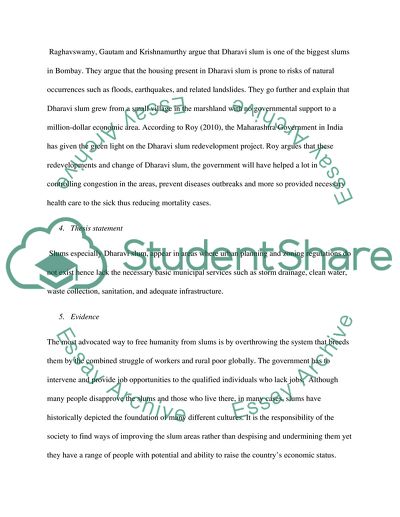Cite this document
(Mapping of Environs of Dharavi Slums of Greater Bombay Research Paper, n.d.)
Mapping of Environs of Dharavi Slums of Greater Bombay Research Paper. Retrieved from https://studentshare.org/social-science/1770884-slums-in-any-city-in-the-world
Mapping of Environs of Dharavi Slums of Greater Bombay Research Paper. Retrieved from https://studentshare.org/social-science/1770884-slums-in-any-city-in-the-world
(Mapping of Environs of Dharavi Slums of Greater Bombay Research Paper)
Mapping of Environs of Dharavi Slums of Greater Bombay Research Paper. https://studentshare.org/social-science/1770884-slums-in-any-city-in-the-world.
Mapping of Environs of Dharavi Slums of Greater Bombay Research Paper. https://studentshare.org/social-science/1770884-slums-in-any-city-in-the-world.
“Mapping of Environs of Dharavi Slums of Greater Bombay Research Paper”, n.d. https://studentshare.org/social-science/1770884-slums-in-any-city-in-the-world.


